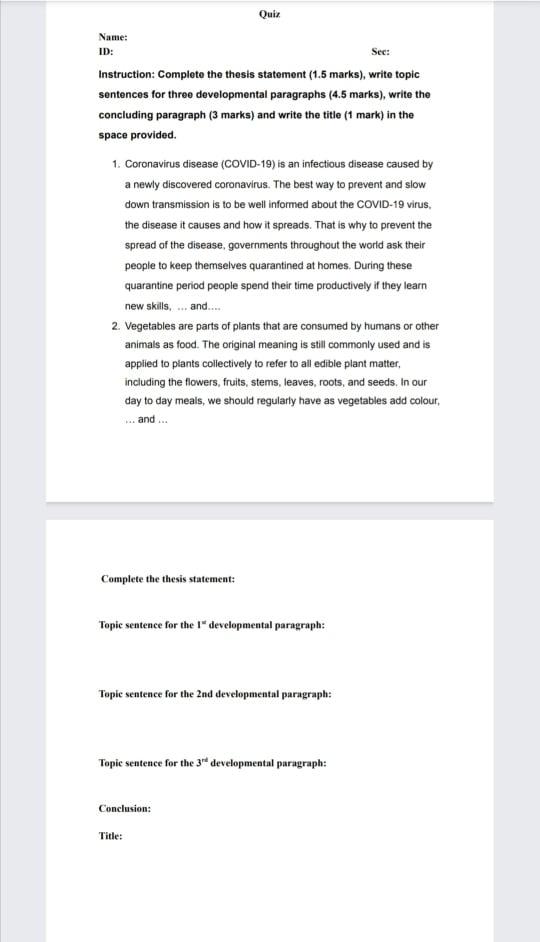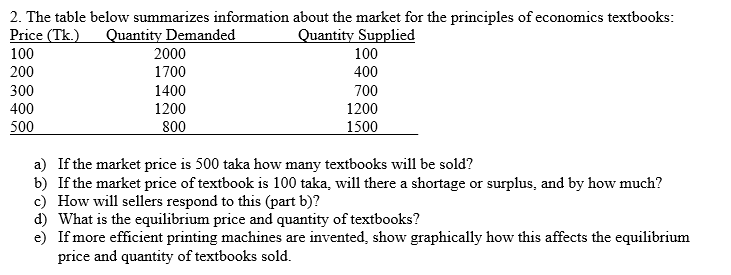VI. LABORATORY ACTIVITY 1. Look for a publicly available data set with at least 50 rows that will...
Regression analysis using R

Welcome to the discussion portal. A place to gain and share knowledge. Here you can ask questions and connect with people who contribute unique insights and quality answers. It is a place for people from around the world to ask and answer questions, and to learn from that process. Every piece of content on the site is generated by users, meaning it is created, edited, and organized by the same people that use the website.
Ask a Question Answer a QuestionRegression analysis using R


write a CPP program using template class


![Q.3: (7 + 5 CLO2 [63] a) The diagrams shown below are the result of executing an algorithm which has one parameter, N, which](https://www.subjectmate.com/img/openquestion/4166uid1646645714mceclip0.png)
a) The diagrams shown below are the result of executing an algorithm which has one parameter, N, which must be a non-negative integer, and alphabet boxes on a 10<10 grid. For values of N from O to 5, the algorithm produces the following patterns:


The blocked-rotor test was performed on the motor of the following were obtained: line to line voltage = 26 V; total input current = 32 A; input wattmeter readings, W_1 = 1430 W; W_2 = -860 W. Calculate the equivalent resistance and reactance of the motor referred to stator.
The blocked-rotor test was performed on the motor of the following were obtained: line to line voltage = 26 V; total input current = 32 A; input wattmeter readings, W_1 = 1430 W; W_2 = -860 W. Calculate the equivalent resistance and reactance of the motor referred to stator.
Coal-burning electrical power station. Large central power stations (about 1000 MW electrical) using fluidized bed combustors may be built someday
(see Fig. P1.2). These giants would be fed 240 tons of collars (90% C, 10%H,), 50% of which would burn within the battery of primary fluidized beds,
the other 50% elsewhere in the system. One suggested design would use a battery of 10 fluidized beds, each 20 m long, 4 m wide, and containing solids
to a depth of 1 m. Find the rate of reaction within the beds, based on the oxygen used.